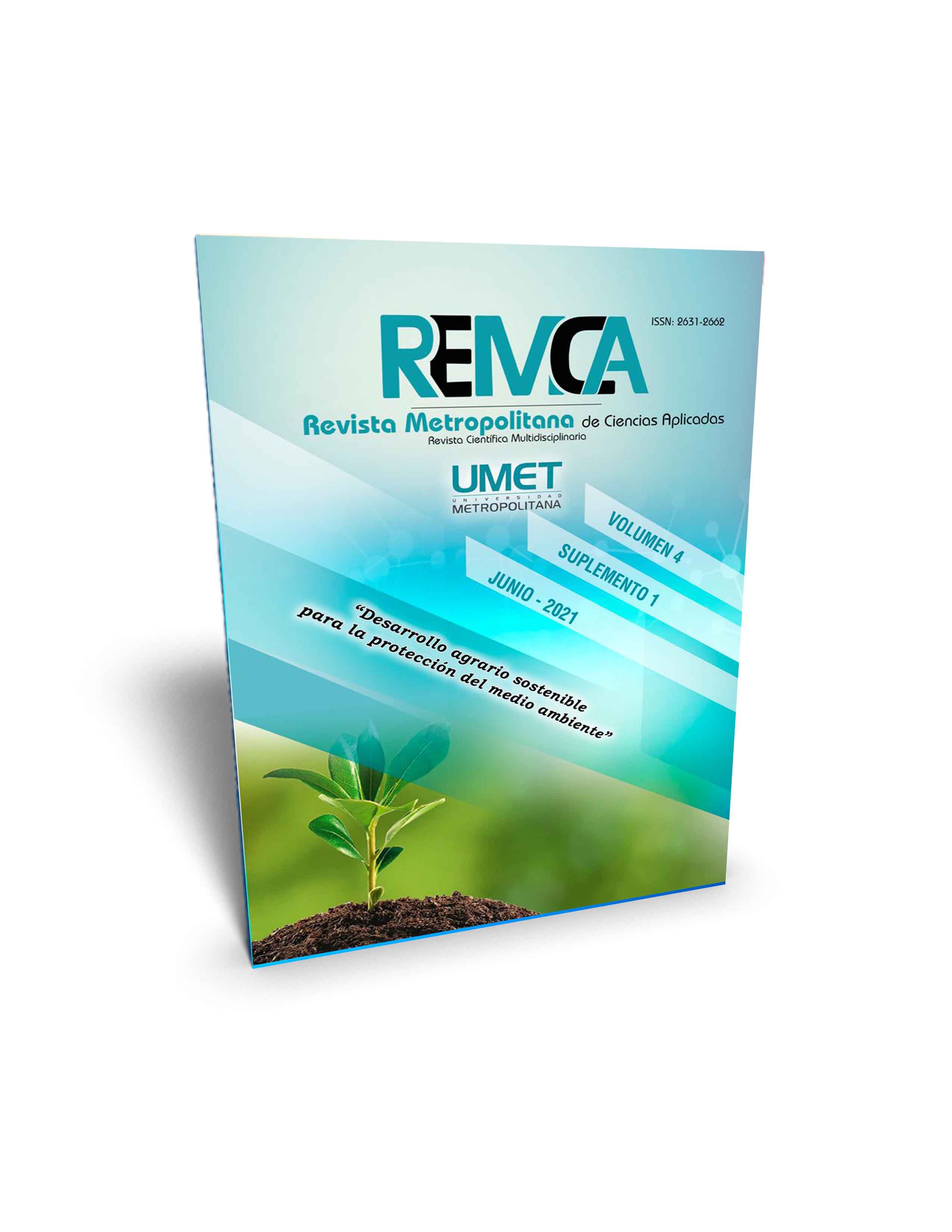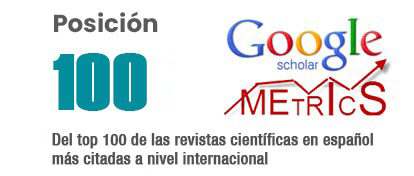Regulation's analysis of banana box price in Ecuador from 2015 to 2020
DOI:
https://doi.org/10.62452/brtj3939Keywords:
Banana, price, production, export, variationAbstract
The development of the income generated in Ecuador depends to a large extent on agricultural activity, especially on the production and commercialization of bananas, however, it has allowed the leveraging of development in the cities where its activity is managed, being necessary for the different control and research entities monitor their activity in order to generate continuous improvement to their processes. The objective of this research is to study the behavior of the price regulation of the export banana box and its influence on the economy in the last 5 years. The research is of a non-experimental type with a cross-section, allowing a survey of longitudinal information regarding banana production. The results indicated that banana exports showed a slight growth trend from September 2016 to 2020. In 2019, the Incoterm Free On board (FOB) price was $ 3,310,588.27, with an increase of 2% compared to 2018 and an increase of 21% with respect to 2016. On September 2020, the export value was $ 2,868,914.87 billion among them, which represents around 87% of the total value registered in 2019. After analyzing the price change corresponding from 2015 to 2020, it is noticed that the price changes were increasing, but, between 2017 and 2018, the price ranged between $ 6.26 of its price and $ 6.20, which is equivalent to -0.96%. The best result reached its value at a price of $ 6.40 in 2020 year.
Downloads
References
Alvarado, P. (2020). Inversiones se reflejan en un mejor desempeño bananero. Revista Líderes. https://www.revistalideres.ec/lideres/inversiones-reflejan-mejor-desempeno-bananero.html
Andrade, P. L., & Meza, A. D. (2017). Acuerdo comercial entre Ecuador y la Unión Europea: El caso del sector bananero ecuatoriano. Espacios, 38(58).
Asociación de Comercialización y Exportación de Banano. (2020). Analisis de las exportaciones de banano de enero a abril del 2020. El productor. https://elproductor.com/wp-content/uploads/2020/06/EVOLUCION-DE-EXPORTACIONES-ECUATORIANAS-DE-BANANO-A-ABRIL-DE-2020.pdf
Asociación de Exportadores de Banano del Ecuador. (2019). Las exportaciones crecieron mas rapido de lo esperado. Bananotas, (140). https://www.aebe.com.ec/bananotas
Barrezueta Unda, S. (2020). Relación de la cadena de valor y de servicios ecosistémicos del banano y plátano ecuatoriano. Revista Metropolitana de Ciencias Aplicadas, 3(3), 174-182.
Cabanilla, M. A. (2016). Variación del precio del banano de exportación y su incidencia socioeconómica en la provincia de El Oro. (Trabajo de titulación). Universidad Técnica de Machala.
Canto, B., Orozco, M., Martinez, L., Manzo, G., James, A., Rodriguez, C., & Sandoval, J. (2015). Bananos y plátanos, frente al cambio climático. Hacia dónde va la ciencia en México. Consejo Nacional de Ciencia y Tecnología.
Corporación Financiera Nacional. (2020). Ficha sectorial de exportaciones. CFN. https://www.cfn.fin.ec/wp-content/uploads/downloads/biblioteca/2020/ficha-sectorial-4-trimestre-2020/FS-Banano-4T2020.pdf
Ecuador. Ministerio de Agricultura y Ganadería. (2020). Banano: Nuevo esquema de precios viene acompañado de beneficios. MAG. https://www.agricultura.gob.ec/banano-nuevo-esquema-de-precios-viene-acompanado-de-beneficios/
Ibarra, A. (2020). Análisis de las exportaciones de banano en el marco comercial múltipartes entre Ecuador y la Unión Europea. Observatorio de la Economía Latinoamericana. https://www.eumed.net/rev/oel/2020/05/analisis-exportaciones-banano.pdf
Organización de las Naciones Unidas para la Alimentación y la Agricultura. (2016). Todo sobre los bananos: lo que debería saber acerca de esta fruta tropical. FAO. http://www.fao.org/zhc/detail-events/es/c/447827/
Organización de las Naciones Unidas para la Alimentación y la Agricultura. (2020). Análisis del mercado del banano de 2019. FAO. http://www.fao.org/3/cb0168es/cb0168es.pdf
Pardo, G., Narváe, C., & Erazo, J. (2020). Análisis del impacto tributario y contable por las variaciones del precio de la caja de banano en los productores del cantón Machala, Ecuador. Dominio de Las Ciencias, 6(1).
Salazar, R., & Del Cioppo, J. (2015). Estudio sectorial del banano ecuatoriano de exportación. en Ecuador: exportación de banano (Musa sp.) Estudio sectorial del banano ecuatoriano de exportación. Universidad Agraria del Ecuador.
Salazar, V., Durán, G., & Acosta, R. (2017). El banano y su consumo en el Ecuador. Publicando, 4(13).
Tuz, G. I. (2018). La producción de banano. (Trabjo de titulación). Universidad Técnica de Machala.
Villaseñor, D., Noblecilla, Y., Luna, E., Molero, R., Barrezueta, S., Huarquila, W., González, C., & Garzon, J. (2020). Respuesta óptima económica de la fertilización potásica sobre variables productivas del banano (Musa spp.). Journal of Agricultural & Animal Sciences, 36(2), 161-170.
Vite Cevallos, H., Carvajal Romero, H., & Barrezueta Unda, S. (2020). Aplicación de algoritmos de aprendizaje automático para clasificar la fertilidad de un suelo bananero. Revista Conrado, 16(72), 15-19.
Zamora, J. (2016). El banano y su aporte a la economía de la provincia de El Oro. (Examen complexivo). Universidad de Guayaquil.
Downloads
Published
Issue
Section
License
Copyright (c) 2021 Martín Andrés Erazo Berrú, Eveligh Prado Carpio, Abrahán Cervantes Álava, Harry Vite Cevallos (Autor/a)

This work is licensed under a Creative Commons Attribution-NonCommercial-ShareAlike 4.0 International License.
Authors who publish in Revista Metropolitana de Ciencias Aplicadas (REMCA), agree to the following terms:
1. Copyright
Authors retain unrestricted copyright to their work. Authors grant the journal the right of first publication. To this end, they assign the journal non-exclusive exploitation rights (reproduction, distribution, public communication, and transformation). Authors may enter into additional agreements for the non-exclusive distribution of the version of the work published in the journal, provided that acknowledgment of its initial publication in this journal is given.
© The authors.
2. License
The articles are published in the journal under the Creative Commons Attribution-NonCommercial-ShareAlike 4.0 International License (CC BY-NC-SA 4.0). The terms can be found at: https://creativecommons.org/licenses/by-nc-sa/4.0/deed.en
This license allows:
- Sharing: Copying and redistributing the material in any medium or format.
- Adapting: Remixing, transforming, and building upon the material.
Under the following terms:
- Attribution: You must give appropriate credit, provide a link to the license, and indicate if any changes were made. You may do this in any reasonable manner, but not in any way that suggests the licensor endorses or sponsors your use.
- NonCommercial: You may not use the material for commercial purposes.
- ShareAlike: If you remix, transform, or build upon the material, you must distribute your creation under the same license as the original work.
There are no additional restrictions. You may not apply legal terms or technological measures that legally restrict others from doing anything the license permits.




